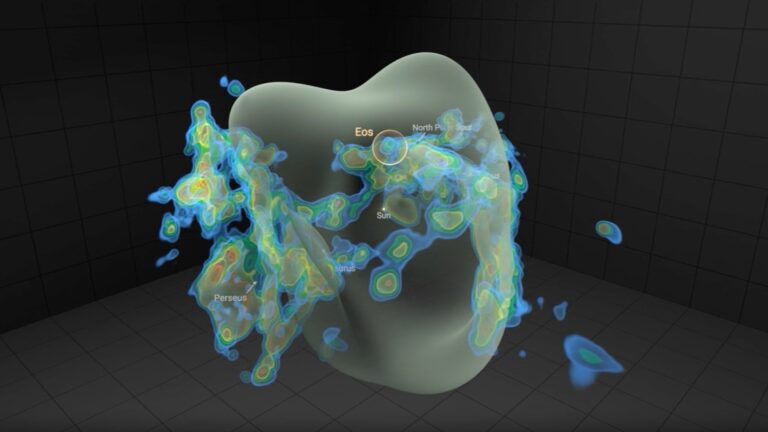
This Ancient Fossil Was Mistaken for a Fungus – The Daily Galaxy
2025-04-24T17:30:00Z
A bizarre fossil has scientists rethinking everything they know about ancient life. Once thought to be a tree or fungus, new research reveals Prototaxites might be a whole new form of life entirely.
A peculiar fossil discovery has raised eyebrows in the scientific community, prompting researchers to rethink the boundaries of life on Earth. This fossil, identified as Prototaxites, was once believed to be a type of tree or fungus. However, recent research reveals that Prototaxites might not fit into any of the conventional categories of life.
The Prototaxites Mystery
For over a century, Prototaxites was classified as a kind of ancient fungus, mainly due to its resemblance to tree-like structures found in prehistoric fossil deposits.
This organism, which existed roughly 420 million years ago, grew in massive. With advancements in research technology, scientists have re-examined the fossil and discovered that its characteristics suggest it could belong to an entirely new category of life.
The recent study, led by researchers at the University of Edinburgh, used advanced imaging techniques and new genetic analyses to uncover clues about the organism’s evolutionary lineage.
They found that Prototaxites didn’t have the typical characteristics of fungi.
A New Classification System?
One of the most intriguing aspects of Prototaxites is its size and complexity. Fossilized specimens have been discovered as towering structures up to 26 feet tall. Early interpretations suggested that it may have been a type of giant tree or mushroom.
However, the latest research shows that Prototaxites did not possess characteristics that would classify it as a modern tree, fungus, or any other life form known today.
The organism’s structure was fundamentally different from that of fungi, which typically grow as networks of thread-like structures known as hyphae.
Instead, Prototaxites exhibited features more similar to the growth patterns of plants, albeit with a structure more complex than that of any known plant species. The precise classification of Prototaxites remains unresolved, but scientists are now suggesting it could represent a completely novel form of life that existed in a unique ecological niche.
“No extant group was found to exhibit all the defining features of Prototaxites,” explained Corentin Loron, a paleobiologist, in the study. “It is best considered a member of a previously undescribed, entirely extinct group of eukaryotes.”
Could Prototaxites Be A Missing Link in Evolution?
One of the questions that researchers are asking is whether Prototaxites represents a form of life that was later overshadowed by more familiar plants and fungi. Could it be that this ancient organism filled an ecological role similar to modern-day trees or fungi, only to be replaced by more efficient or better-adapted life forms as evolution progressed?
The fact that no direct descendants of Prototaxites are known today raises intriguing questions about the evolution of early life on Earth.
Some scientists speculate that it could have been a significant player in the ecosystem during its time, contributing to the development of other life forms in ways that are still not fully understood.
The New Frontier of Fossil Research
This discovery highlights the potential for ongoing discoveries in the field of paleontology. With new technologies constantly evolving, scientists are uncovering new details about ancient organisms that may have once been dismissed as simple or unimportant.
The study is a prime example of how advanced imaging and molecular techniques are revolutionizing our understanding of prehistoric life.
Auto-posted from news source






